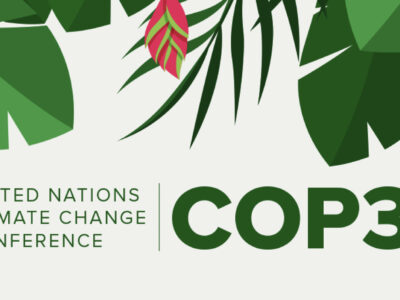A paper released last week by the World Meteorological Organization reports that the preliminary global mean temperature for 2008 is 14.3°C (57.7° F). This is significantly below 2007’s 14.7°C (58.5°F), and – as Time magazine reports – the coolest year since the turn of the century.
Sadly, our half-hearted efforts at carbon offsetting cannot take credit for the drop . Rather, the relative cooling is the result of a La Niña event that has been developing in the Pacific over the course of the last year. Such events are characterized by unusually cold sea surface temperatures in the eastern equatorial Pacific; in this case, the event seems to have contributed to cooler globally average temperatures as well.
But this doesn’t mean that climate change is at bay. Indeed, a quick look at the graph below shows that, La Niña or no, 2008 is still the 10th warmest year on record. And this year’s temperatures are clearly above anything that would have been considered normal in the 1980s, let alone 100 years before that.
What’s more, according to Dr. Peter Stott of the UK Met Office, removing human influence from the climate system would make temperatures like those experienced in 2008 50 times less likely to occur. I think this graph speaks for itself.





[…] mentioned in an earlier post, La Niña events are characterized by unusually cold sea surface temperatures (SST) in the central […]
Hi, all —
A bit more on this: Brad Lyon of the International Research Institute for Climate and Society (IRI) — who originally tipped me off to this idea — has pointed out that it was the 1997-98 El Nino that helped push 1998 to the top of the heap in terms of global average temps.
He has also developed a plot that shows global average temperatures and an indicator of the El Nino Southern Oscillation (ENSO).
The graph indicates the effect of ENSO on a general upward trend in global temperature. While there are, of course, a number of sources of variability in the climate system, it’s pretty clear from this graphic that a year or two of La Nina does not make a trend.
Anyway, check it out here:
http://tinyurl.com/777cs3